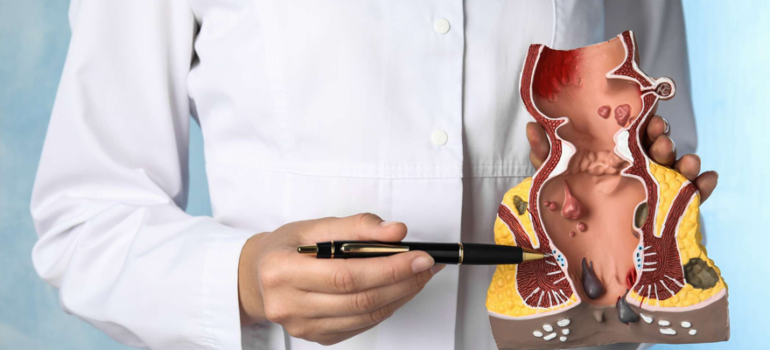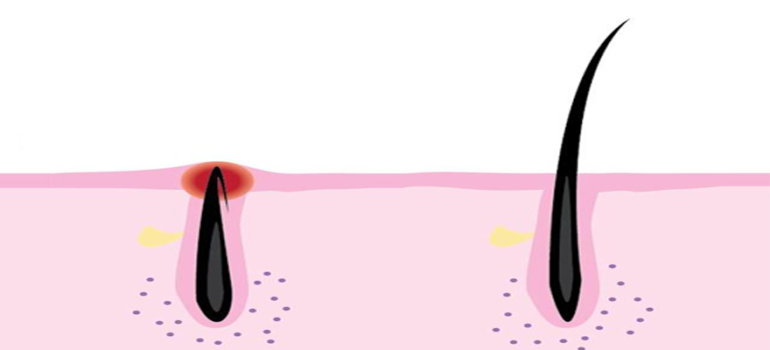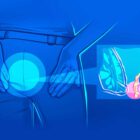Things to Consider After Obesity Surgery
Obesity surgery is a weight loss method that allows people who are obese enough to negatively affect their health to lose weight permanently. In order to have obesity surgery, it is necessary to have some qualifications. Not everyone can say “I’m going to have obesity surgery” and have an operation. The primary condition is that the body mass index is over 40 or over 35 and the presence of additional diseases such as diabetes, heart and blood pressure. The person should not have an alcohol problem and should be mentally stable. On the other hand, obesity surgery cannot be performed on children under the age of 11, and it is not recommended for those under the age of 16.
If you meet all these conditions, you can have obesity surgery. However, there are question marks in the minds of those who are considering surgery. The first of these is “Will I gain weight again after obesity surgery?” comes the question. The success of a bariatric surgery indicates reaching the targeted weight and getting rid of existing additional diseases. In order to reach the targeted weight, the post-operative process is as important as the surgery. Therefore, some points should be considered after the operation.
In fact, there are two important points to be considered: eating healthy and doing sports… “If I could do these things, I would not have surgery.” you can say. It is much easier to take care of them after the surgery than before the surgery. If we need to give an example from the most common sleeve gastrectomy surgery; In this surgery, 80 percent of the stomach is removed and a shrinkage occurs in the stomach. (Which is why it is popularly known as stomach reduction surgery.) In this way, stomach capacity is reduced. In addition, the fundus part is included in the 80 percent part taken. Fundus is the part where hunger hormone is secreted. Thus, your feeling of hunger will also decrease. So it will be easier for you to pay attention to nutrition. In addition, if you do the exercises recommended by your doctor, it is ESSENTIAL that you will lose your target weight.
Nutrition After Obesity Surgery

First of all, you should give up drinks with excess calories, which do not contribute to weight loss. Instead of such drinks, you can consume freshly squeezed fruit juices, provided that you do not overdo it.
Sugar causes weight gain due to its high calories, increases blood sugar and increases the feeling of hunger. That’s why you should stay away from sugar.
Carbonated drinks… These include not only cola and derivative drinks, but also soda. Because carbonated drinks can cause sudden pressure in the stomach after the surgery and can damage the surgery area. It should not be drunk, especially in the first 3 months. We recommend that you follow your doctor’s recommendations in this regard.
You should drink plenty of water. However, be sure to drink the water before eating.
You should not consume only high-calorie snacks that do not benefit you in terms of nutritional value.
You should make your meals protein-heavy. Protein keeps you full and helps you gain muscle instead of fat.
You should chew a lot of food before swallowing it. In the near future after the surgery, you will be given liquid foods first and then soft foods. You will gradually switch to solid foods. Your doctor will share nutritional recommendations with you.
You should try not to include carbohydrate-heavy foods such as white bread, pasta and rice in your meals.
Sports After Obesity Surgery

You will be hosted in the hospital for a few days after the obesity surgery. To give an example from sleeve gastrectomy surgery, you will usually need to stay in the hospital for 3 days. Sports activities will also start in this period. Of course, with light exercises such as walking… You should take small walks on the day of the surgery. You should continue these walks after you go home, but you should not neglect to rest. You can do your daily work, go to the market, take small walks until the 15th day when light exercises will start. Swimming is a very effective sport for both weight loss and healthy functioning of the whole body. You can swim after the 15th day. Take care to do the exercises recommended by your doctor, especially in the first period. Exercising to lose weight as soon as possible will not benefit you, on the contrary, it will harm you. More active sports are started after 1-2 months. After the first month, you can go to the gym provided that you do not do heavy abdominal movements. Abdominal movements are usually allowed after the 3rd month. However, approval must be obtained after a doctor’s control.










